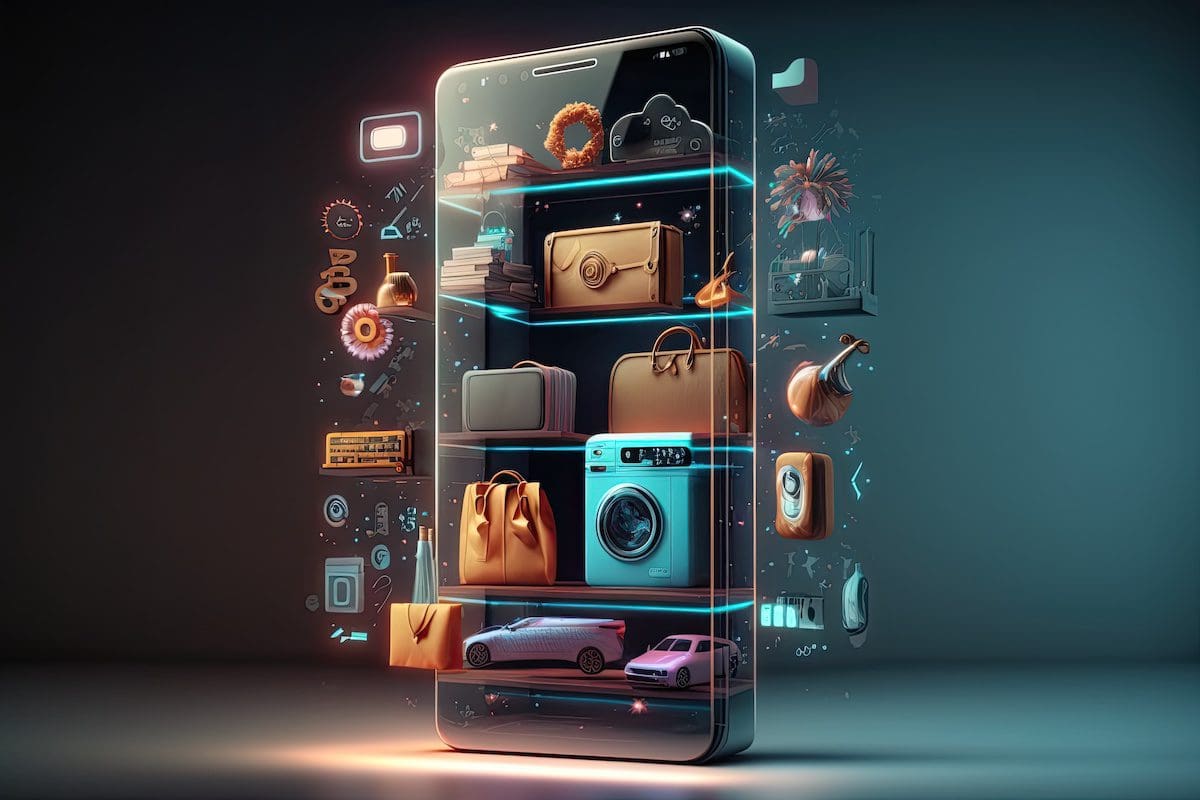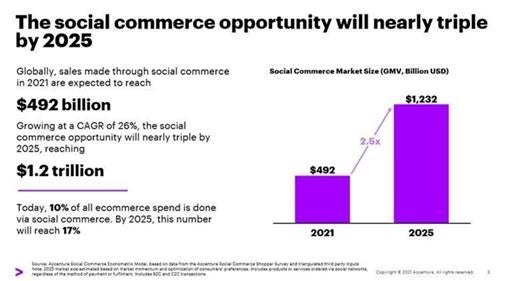
E-Commerce Evolution: How Retail is Embracing Digital Innovation
As we delve deeper into the realm of retail transformation, it becomes evident that retailers are not only adopting but thriving on digital innovation. The E-Commerce evolution has revolutionized how consumers shop and how businesses cater to their needs.
In my personal experience, I’ve seen local stores seamlessly transition from brick-and-mortar operations to robust online platforms. For example, a nearby bookstore that once relied on foot traffic now offers a user-friendly website, complete with an engaging mobile app.
Key factors driving this shift include:
- Increased Convenience: Shopping from home has never been easier, especially with same-day delivery options.
- Broader Reach: Retailers can now tap into global markets and diverse customer bases.
- Enhanced Personalization: Leveraging data analytics, retailers can refine offerings to individual preferences.
This revolution is not merely a trend; it’s a response to modern consumer habits, showcasing how retail is actively embracing digital innovation.

E-Commerce Evolution: How Retail is Embracing Digital Innovation
Transitioning from traditional shopping experiences to a digital-first approach truly marks the E-Commerce evolution. Retailers are not just embracing change; they are revolutionizing their business models to meet the demands of tech-savvy consumers.
For instance, my recent experience with a local clothing store highlights this shift perfectly. They used to depend solely on in-store visits, but now they have a sprawling online presence complete with virtual try-ons.
Some key elements of this digital transformation include:
- User-Friendly Interfaces: Stores are focusing on making their websites and apps intuitive and engaging.
- Social Media Integration: Direct shopping options on platforms like Instagram and Facebook allow for effortless browsing.
- AI Chatbots: Many retailers have adopted chatbots to provide real-time customer support, enhancing the shopping experience.
This wave of digital innovation is reshaping how consumers interact with brands, proving that the future of retail lies firmly in the E-Commerce evolution.
Evolution of Retail Industry
Traditional Retail vs. E-Commerce
As we explore the evolution of the retail industry, it’s fascinating to compare traditional retail with the rise of E-Commerce. Once, shopping meant navigating crowded stores and long lines. Personal anecdotes often highlight the thrill of hunting for deals in brick-and-mortar stores, engaging with friendly staff, and enjoying the tactile experience of products. However, times have changed.
With E-Commerce, convenience reigns supreme.
Some stark contrasts include:
- Accessibility: Shop anytime, anywhere, eliminating the need to travel.
- Variety: Online platforms offer vast selections compared to physical stores.
Rise of Online Shopping
The rise of online shopping has been meteoric. A simple click can now unlock a world of products—from local artisans to global brands.
For example, during the pandemic, I turned to online shopping for essentials. What stood out was not only the convenience but also the vast array of options.
Key factors driving this trend include:
- Consumer Preferences: A growing desire for convenience and instant gratification.
- Technological Advancements: Improved internet access and mobile apps make the process seamless.
In essence, the evolution of the retail industry is a testament to adaptability, with E-Commerce leading the charge toward a more connected shopping experience.

Digital Transformation in Retail
Role of Technology in Retail
Continuing the journey of retail’s evolution, the role of technology cannot be overstated. It has become the backbone that supports everything from inventory management to customer engagement. Personally, I’ve seen how local shops harness technology—one favorite café adopted a digital ordering system, making it easier for customers to place orders ahead of time.
Key aspects of technology in retail include:
- Cloud Computing: Ensures real-time updates and scalability.
- Mobile Point of Sale: Allows transactions anywhere in the store.
Data-Driven Decision Making
The concept of data-driven decision-making is equally transformative. Retailers now leverage analytics to understand consumer behavior and preferences better.
For instance, I remember chatting with an online retailer that utilized customer feedback to adjust their product offerings and marketing strategies, leading to increased sales.
Consider these benefits of data-driven strategies:
- Targeted Marketing: Tailor promotions based on buying habits.
- Inventory Management: Prevents overstocking or stockouts by predicting demand.
In essence, technology and analytics create a powerful synergy, propelling the digital transformation in retail.

E-Commerce Trends and Innovations
Mobile Shopping and Apps
As we move further into the E-Commerce landscape, mobile shopping and apps have emerged as significant trends. My recent experience using a retail app to purchase groceries illustrated just how seamless this can be. With a few taps, I accessed my shopping list, added items, and scheduled a delivery—all while sipping my morning coffee!
Some notable trends in mobile shopping include:
- User-Friendly Interfaces: Ensuring that navigation is simple and intuitive.
- Mobile Payment Options: Features like Apple Pay and Google Wallet enhance the checkout process.
Artificial Intelligence in Personalization
Building on mobile innovations, artificial intelligence (AI) has taken personalization to the next level. Retailers are deploying AI algorithms to analyze shopping patterns and offer customized recommendations.
For example, after purchasing running shoes, I’ve received tailored suggestions for workout gear that enhanced my fitness experience.
Benefits of AI in personalization include:
- Increased Customer Loyalty: Personalized experiences foster repeat purchases.
- Enhanced Shopping Experience: Anticipating customer needs can significantly enhance satisfaction.
These trends underscore the evolving nature of E-Commerce, where innovations continually reshape how customers engage with brands.

Omnichannel Retailing
Integration of Online and Offline Channels
Transitioning from the innovative approaches in E-Commerce, omnichannel retailing has emerged as a strategy that seamlessly integrates online and offline channels. My experience at a popular clothing brand exemplified this integration perfectly. I browsed their online store for a new outfit but chose to pick it up at a nearby location, blending the convenience of E-Commerce with the immediacy of in-store shopping.
Key aspects of integration include:
- Unified Inventory Systems: Real-time tracking of stock across all channels.
- Click-and-Collect Options: Customers can buy online and pick up in-store, enhancing flexibility.
Seamless Customer Experience
The essence of omnichannel retailing is creating a seamless customer experience. Retailers aim to ensure that the transition between online and offline is effortless.
For instance, after I ordered online, I received notifications on my app about my order status, making the entire process transparent and efficient.
Benefits of a seamless customer experience include:
- Consistency in Messaging: Brands can maintain consistent communication across all platforms.
- Enhanced Satisfaction: A streamlined shopping journey leads to higher customer satisfaction and loyalty.
Incorporating these elements, omnichannel retailing stands as a vital strategy in the ever-evolving landscape of retail.

Impact of Social Media on E-Commerce
Social Commerce
As we delve into the impact of social media on E-Commerce, social commerce clearly stands out as a game-changer. It combines social networking with online shopping, allowing users to purchase directly through platforms like Instagram and Facebook. Personally, I’ve discovered brands I love simply by scrolling through my feed, where products are beautifully showcased.
Some defining features of social commerce include:
- Shoppable Posts: Brands can tag products in their posts, facilitating direct purchases.
- User-Generated Content: Customers share their experiences, influencing peers to make purchases.
Influencer Marketing in Retail
Alongside social commerce, influencer marketing has become a significant force in retail. Influencers often have devoted followings, making their recommendations incredibly impactful.
For instance, after seeing a fitness influencer rave about a new athleisure brand, I couldn’t resist checking it out, which led to an impulsive purchase.
Key benefits of influencer marketing include:
- Authenticity: Influencers arise as relatable figures, enhancing trust.
- Targeted Reach: Brands can connect with specific audiences based on influencer demographics.
Overall, the fusion of social media with E-Commerce strategies is transforming how consumers discover and purchase products, making it a vital aspect of modern retail.

Future of Retail: Emerging Technologies
Virtual Reality Shopping
Looking ahead to the future of retail, emerging technologies are set to redefine the shopping experience. One of the most exciting innovations on the horizon is virtual reality (VR) shopping. Imagine stepping into a virtual store from the comforts of your home, where you can browse aisles, examine products up close, and even interact with virtual sales associates. During a recent demo, I experienced VR shopping firsthand, and it felt almost like wandering through a physical store.
Key features of VR shopping include:
- Immersive Experiences: Customers can explore environments that simulate real shopping.
- Enhanced Product Visualization: Shoppers can virtually “try on” clothes or visualize furniture in their homes.
Blockchain in Supply Chain Management
Another significant technology gaining traction is blockchain, which promises to revolutionize supply chain management. By providing transparent and immutable records, blockchain enhances traceability and trust between retailers and suppliers.
For instance, a local startup I came across utilizes blockchain to track the origins of their organic produce, ensuring authenticity and integrity.
Benefits of blockchain in retail include:
- Improved Transparency: Consumers can easily trace products back to their origins.
- Reduced Fraud: Enhanced security measures protect against counterfeit goods.
Together, VR shopping and blockchain technology are paving the way for a more engaging and trustworthy retail future, making shopping not only easier but also more enjoyable.

Challenges and Opportunities
Cybersecurity Concerns
As we navigate the challenges and opportunities in the evolving retail landscape, one pressing concern is cybersecurity. With the increase in online transactions, retailers face heightened risks of data breaches and cyberattacks. Recently, I read about a major retailer that suffered a significant breach, compromising millions of customer records—a harsh reminder of the stakes involved.
Key cybersecurity measures include:
- Data Encryption: Protects sensitive information during transmission.
- Regular Security Audits: Identifying vulnerabilities before they can be exploited.
Global Expansion and Market Reach
On the flip side, global expansion presents a wealth of opportunities. Retailers can tap into markets they never thought possible, often driven by E-Commerce. A local artisan I know expanded her handcrafted jewelry business beyond borders, selling in Europe through an online platform.
Benefits of global market reach include:
- Diversified Revenue Streams: Reducing dependence on a single market.
- Access to New Customer Bases: Unlocking potential in emerging markets.
Navigating the challenges while seizing the opportunities will determine how retailers evolve and thrive in this dynamic environment.

Sustainability in E-Commerce
Eco-Friendly Practices
As we explore sustainability in E-Commerce, eco-friendly practices have become paramount. More consumers are prioritizing their purchasing decisions based on a company’s environmental impact. Personally, I’ve shifted toward brands that utilize sustainable materials and ethical production methods. For instance, I recently discovered a clothing brand that offsets carbon emissions by planting trees for every purchase—icing on the cake for my eco-conscious conscience!
Some impactful eco-friendly practices include:
- Sustainable Sourcing: Utilizing materials that are renewable or recycled.
- Energy Efficiency: Implementing energy-saving technologies in warehouses and shipping.
Green Packaging Solutions
Complementing these efforts are green packaging solutions that minimize waste. Retailers are increasingly opting for biodegradable materials over traditional plastics.
An eye-opening experience was receiving a package from an online store with completely recyclable packaging—everything from the tape to the box was eco-friendly.
Benefits of green packaging solutions include:
- Reduced Environmental Impact: Less waste ending up in landfills.
- Consumer Appeal: Eco-friendly packaging can enhance brand loyalty.
Together, these sustainability initiatives in E-Commerce are not just trends; they represent a fundamental shift toward more responsible retail practices, paving the way for a greener future.
